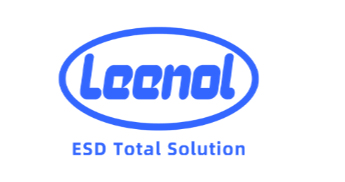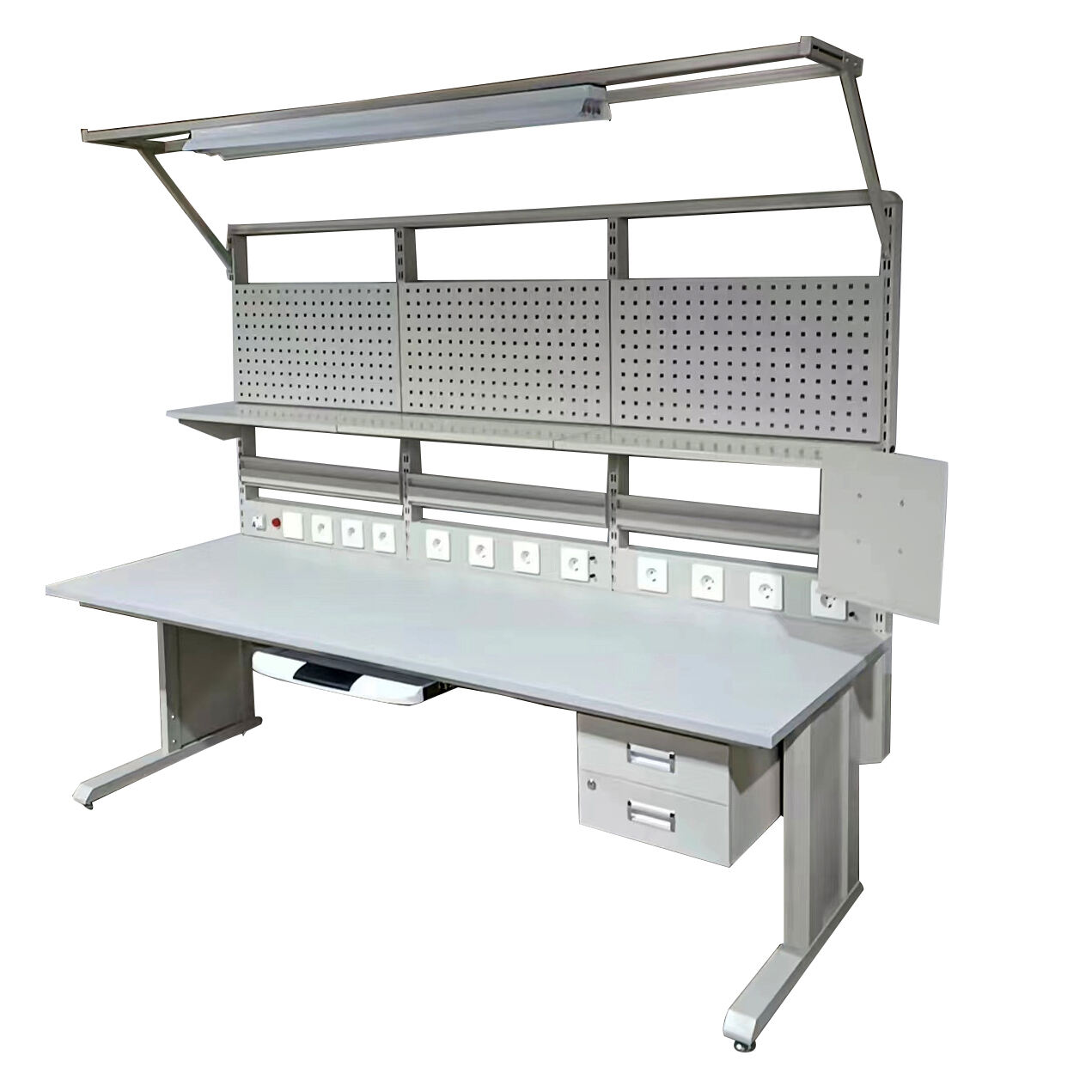Problem-Solution-Result Framework
The competitive market demands excellent product quality because it helps companies both keep their customer trust and achieve sustainable profits. The production processes of Shanghai Leenol Industrial Co., Ltd presented major problems when their operations experienced excessively high defect rates. Shanghai Leenol Industrial Co., Ltd successfully applied ESD (Electrostatic Discharge) workbenches to reduce defects in their processes by 40%.
Shanghai Leenol Industrial Co. Ltd faced an unacceptable defect rate at the beginning which both diminished their financial performance and jeopardized their reputation as a maker of high-quality goods. Factory inspectors linked assembly process electrostatic discharges to product failures due to their impact on electronic components' sensitivity and the resulting increased number of defective units.
Shanghai Leenol Industrial Co., Ltd needed a reliable protective system that would defend their production line against electrostatic discharge and create stable product quality standards. The company identified ESD workbenches as an appropriate solution for future implementation. The workbenches protect electronic components through ground-linked surfaces which combine static-building inhibiting materials to shield against static electricity effects.
Pre/Post-Implementation Metrics
Pre-Implementation Metrics:
Shanghai Leenol Industrial Co., Ltd recorded a defect rate of 10% before it started using ESD workbenches. Significant production team concerns were raised due to this increased defect rate that elevated costs for rework and repairs together with product delivery postponement.
Functional failures caused customer returns to rise to approximately 8% of products that entered the market. The faulty products put intense pressure on the customer service division while simultaneously damaging Shanghai Leenol Industrial Co.'s reputation for stable products with high quality standards.
Post-Implementation Metrics:
The introduction of ESD workbenches transformed the entire situation after their deployment. The defect rate decreased by four percentage points during the initial three-month period from its starting point of ten percent. Endless observation and continuous refinements of the system lowered the failure rate to 4% and achieved a 40% total decrease in defects.
The product reliability improved notably when customer returns decreased from 8% to 3%. This data point demonstrated better product dependability. The manufacturing staff saw fewer items requiring redesign work resulting in better assembly efficiency which maintained timely deliveries.
ROI Calculation
Operational improvement projects require high attention to return on investment (ROI) as one of their essential elements. Shanghai Leenol Industrial Co., Ltd had to invest money for purchasing and putting ESD workbenches into service as part of their implementation. The company achieved considerable cost reductions because of defect reduction benefits alongside operational efficiency improvements.
Cost-Benefit Analysis:
1.Initial investment:
Cost of ESD workbenches: $50,000
Installation and training costs: $10,000
TotalInitialInvestment:$60.000
2.Annual Cost savings:
Reduction in rework and repair costs: $30,000
Savings from decreased returns and customer complaints: $20,000
Increased production efficiency and output: $15,000
Total Annual Savings: $65,000
ROI Calculation:
ROI is calculated using the formula:
[ \text{ROI} = \frac{\text{Net Profit}}{\text{Investment}} \times 100 ]
Where Net Profit = Annual Savings - Initial Investment
[ \text{Net Profit} = \$65,000 - \$60,000 = \$5,000 ]
[ \text{ROI} = \frac{\$5,000}{\$60,000} \times 100 = 8.33\% ]
The initial return on investment showing modest increases reveals different financial performance results in the long run. As time goes by the accumulated savings lead to impressive ROI growth. The combined financial savings reach $130,000 by the conclusion of the second year since the money spent on the initial investment was reclaimed within twelve months.
Long-Term Benefits:
The business improvements of Shanghai Leenol Industrial Co., Ltd exceeded their measurable financial gains. The workplace became more dependable for employees which boosted their morale while customers experienced less defects leading to better satisfaction levels. The company gained a stronger market position due to fewer defects which potentially increased their sales and produced greater return on investment.
Conclusion:
The ESD workbenches installed at Shanghai Leenol Industrial Co., Ltd brought substantial concrete benefits to the organization. Shanghai Leenol Industrial Co., Ltd realized a significant return on investment through effective electrostatic discharge management which resulted in 40% decreased defects alongside heightened customer satisfaction.







